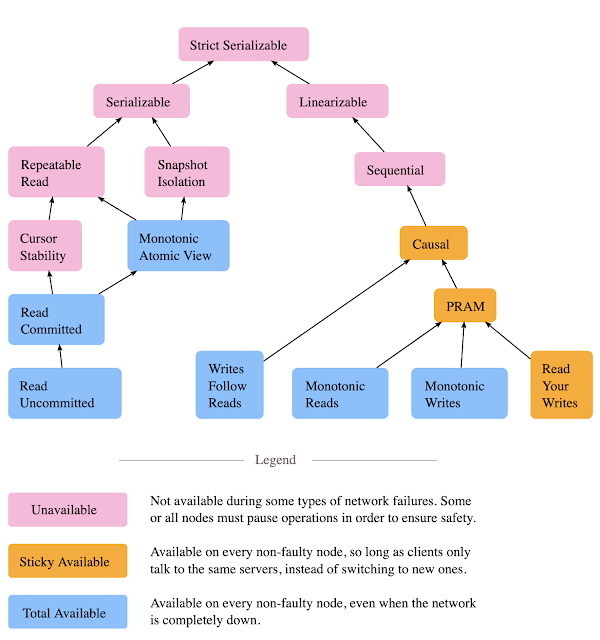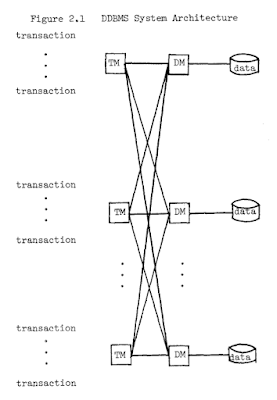OceanBase: A 707 Million tpmC Distributed Relational Database System

This paper appeared in VLDB2022. It presents the design of OceanBase, a scale-out multitenant relational database deployed on tens of thousands of servers at Alipay.com. The design of OceanBase is not impressive. It looks like OceanBase uses a standard run-off-the-mill Paxos groups architecture. Maybe there are some interesting work going on at integration with storage. Unfortunately, the paper is poorly written. It talks and boasts about many things, some repeatedly. But it doesn't give enough detail about any parts. For example, even the type of concurrency control protocol used is not discussed in the paper. Turns out it uses a "MVCC" based approach to concurrency control. ( DBDB's catalog on OceanBase gives a good overview of OceanBase.) The paper would be much more useful and enjoyable if it focused on a certain component of OceanBase and did a thorough walk through on that part. For those interested in diving deeper, OceanBase has a Github repo here . The open






